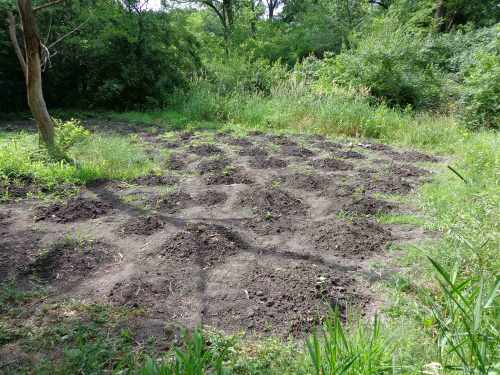Traveling around the Midwest, one encounters a surprising number of Indian Mounds—ancient earthworks created by people actually identified as Mound Builders. This is not a single group, but rather a cultural trend among early Native American people who, for various reasons, created a wide range of mounds, from the pyramid-like Monks Mound at Cahokia to a range of animal effigy mounds to simple hills to mark events or burial sites.
I had always thought it was really lucky that so many of these mounds still existed in the region. However, I’m currently reading David McCullough’s wonderful book, The Pioneers, and he makes it clear that it was not luck. It, in fact, reflects the remarkable foresight and wide education and interests of those who built the nation, and particularly those who established the first settlements in what would become the Midwest—at the end of the American Revolution, a region then known as the Northwest Territory.
McCullough’s immensely worthwhile book is not about the Mound Builders (they had vanished centuries and even millennia before Europeans ever caught sight of the Americas)—but it does give us insight into why so many mounds remain.
McCullough details the reactions of both those making the first foray into the land so recently won from the British and those back East to whom they reported. The leader of the first party of settlers, Rufus Putnam, made careful maps of what he called the “Ancient Works.” There was much excitement focused on these mounds and earthworks. When Thomas Jefferson heard of them, he expressed his enthusiasm for studying them further. Putnam, after careful study, wrote about how perfect the work was, and he set aside the land on which mounds were found as parks and areas of study, not open to settlement or alteration.
I guess it is not entirely surprising, given the tremendous insight people at the time had of what was worth building and what was worth saving—insight demonstrated in the Declaration of Independence and in new Constitution being developed at the time of this exploration. What a remarkable period of time—and what a blessing that they had the foresight to protect both our freedoms and the antiquities they encountered. Only half way through the book and so looking forward to the rest of it.

















